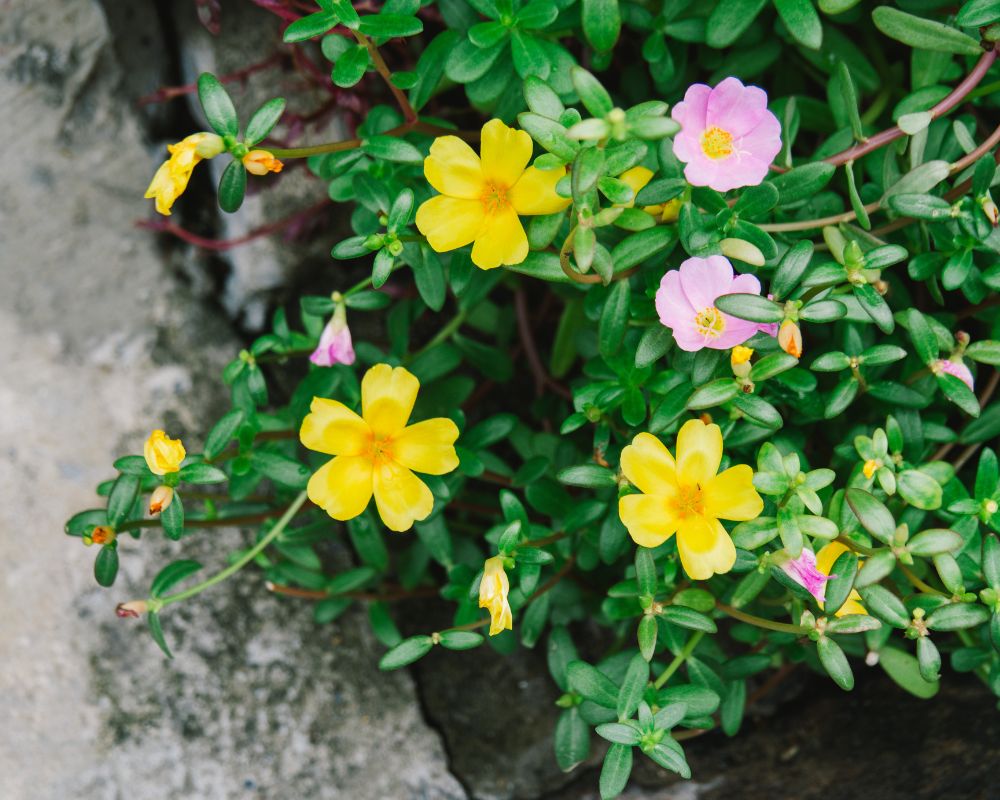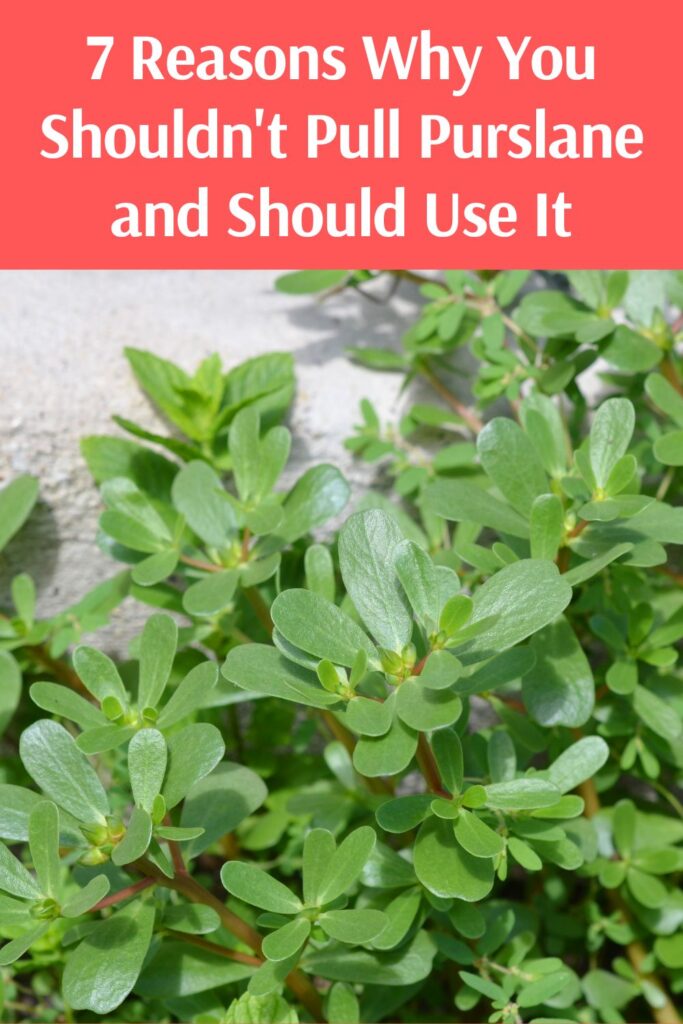Purslane, often dismissed as a common garden weed, is a highly nutritious and versatile plant that deserves a place in your garden and on your plate. While many gardeners may consider it a nuisance, there are several compelling reasons why you shouldn’t pull purslane but should instead embrace it as a valuable addition to your garden and culinary repertoire. In this article, we’ll explore 7 reasons why purslane is a plant worth cultivating and incorporating into your diet.

-
Nutritional Powerhouse
Purslane (Portulaca oleracea) is rich in essential nutrients. It’s an excellent source of vitamins A, C, and E, as well as minerals like potassium, magnesium, and calcium. Purslane also boasts high levels of omega-3 fatty acids, which are typically found in fish and are known for their heart-healthy properties. Including purslane in your diet can help you meet your daily nutritional needs more effectively.
-
Abundant Antioxidants
Antioxidants are compounds that protect our cells from damage caused by free radicals, helping to prevent chronic diseases and maintain overall health. Purslane is packed with antioxidants, including beta-carotene, alpha-tocopherol, and ascorbic acid. These antioxidants can help boost your immune system and reduce the risk of oxidative stress-related health issues.
-
Easy to Grow
Purslane is a hardy and resilient plant that thrives in a variety of soil types and climates. It requires minimal care and can even grow in poor, dry soil. Its adaptability makes it an ideal addition to any garden, whether you’re an experienced gardener or a beginner. Purslane’s ability to self-sow means that once you have it in your garden, it’s likely to return year after year.
-
Edible Leaves and Stems
The entire purslane plant, including its leaves, stems, and flowers, is edible. Its mild, slightly lemony flavor makes it a versatile ingredient in salads, sandwiches, stir-fries, and more. The leaves and stems can be eaten raw or cooked, providing a delightful crunch and freshness to your dishes.
-
Health Benefits
In addition to its nutritional value, purslane has been used for centuries in traditional medicine for its potential health benefits. Some studies suggest that it may help lower cholesterol levels, reduce inflammation, and support weight management. Including purslane in your diet can be a proactive step toward better health and well-being.
-
Sustainable Gardening
Embracing purslane in your garden promotes sustainable gardening practices. Its resilience and ability to grow in adverse conditions mean less need for synthetic fertilizers and pesticides. By allowing purslane to thrive, you contribute to a healthier, more balanced garden ecosystem.
-
Culinary Creativity
Using purslane in your cooking opens up new culinary possibilities. Experiment with purslane in salads, smoothies, soups, and even as a pesto ingredient. Its unique texture and lemony tang can elevate your dishes, adding both flavor and nutrition.
Conclusion
Purslane is far more than just a garden weed; it’s a nutritional powerhouse, a resilient plant, and a versatile culinary ingredient. By reframing your perspective on purslane and recognizing its many benefits, you can enhance both your garden and your diet. Embrace purslane as a valuable addition to your gardening and cooking repertoire, and you’ll discover a world of health, sustainability, and culinary creativity waiting to be explored. So, the next time you see purslane in your garden, consider leaving it to flourish and reap the rewards of this remarkable plant.

Read also: 6 Mistakes Not to Make When Planting Cucumbers

